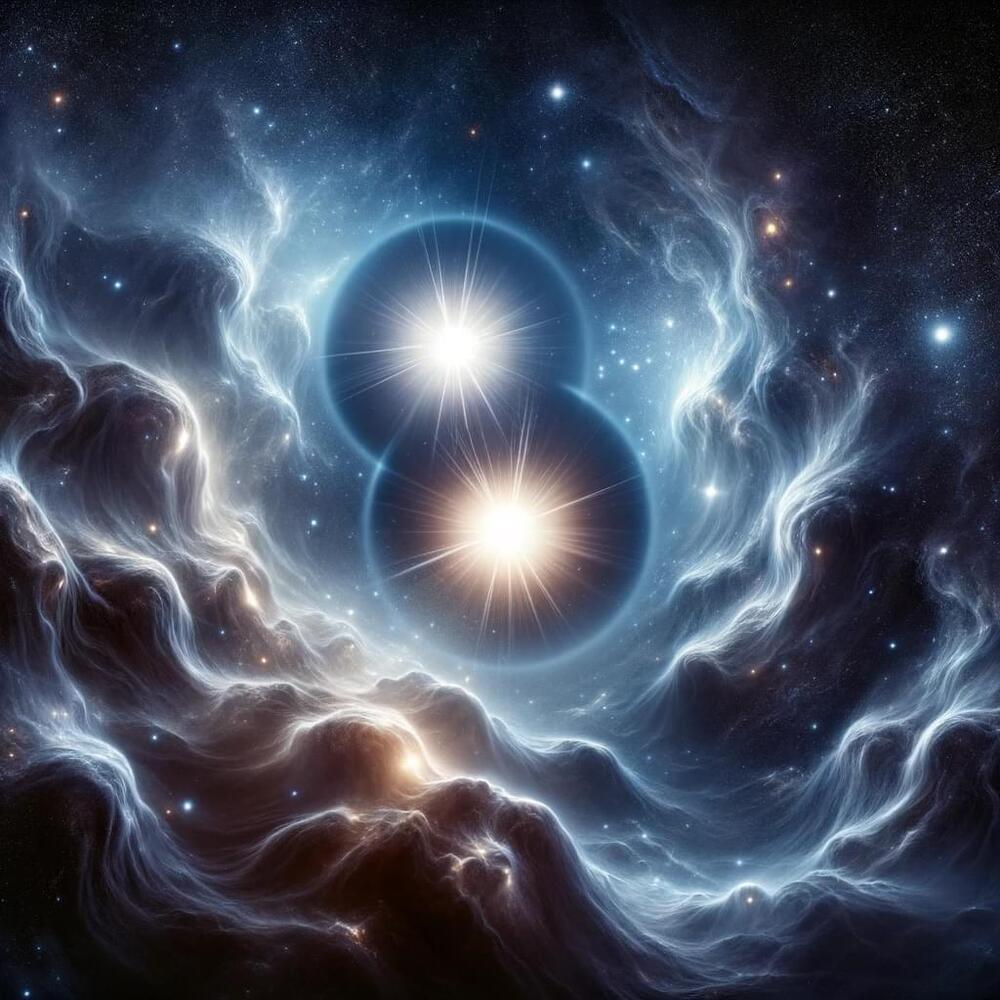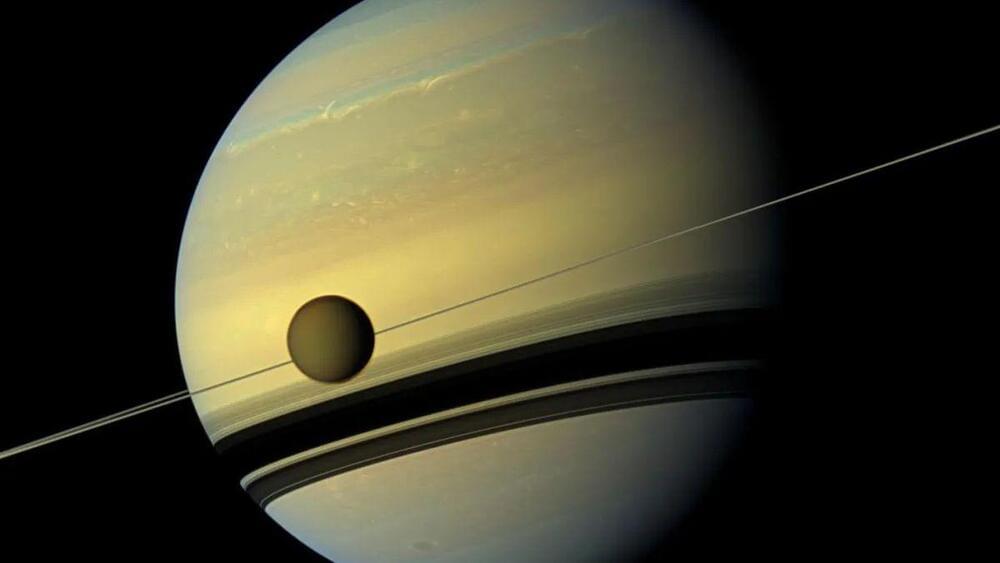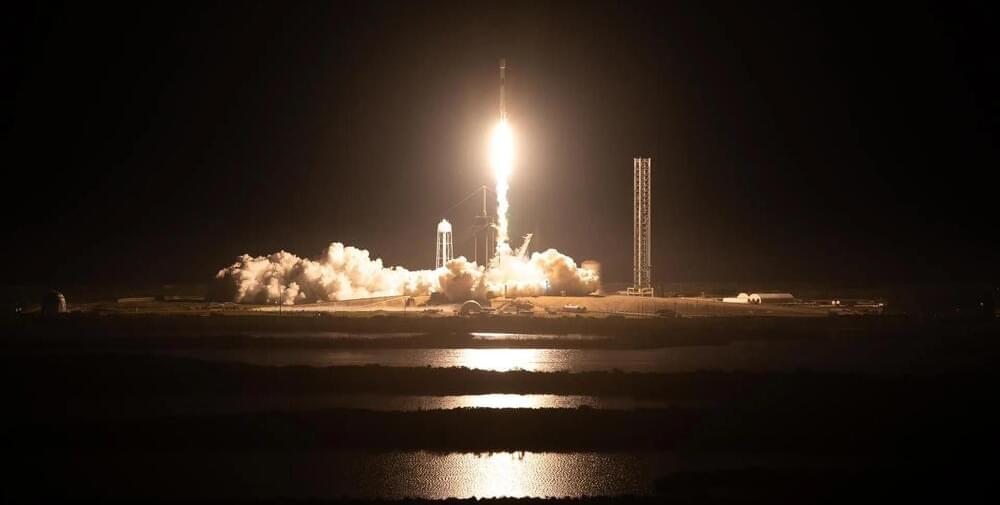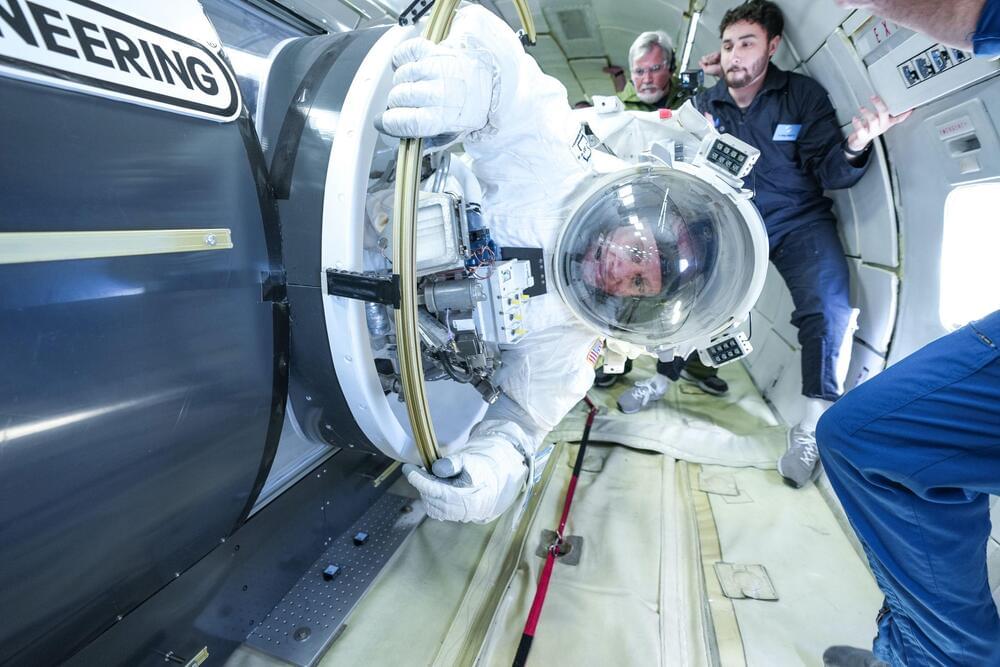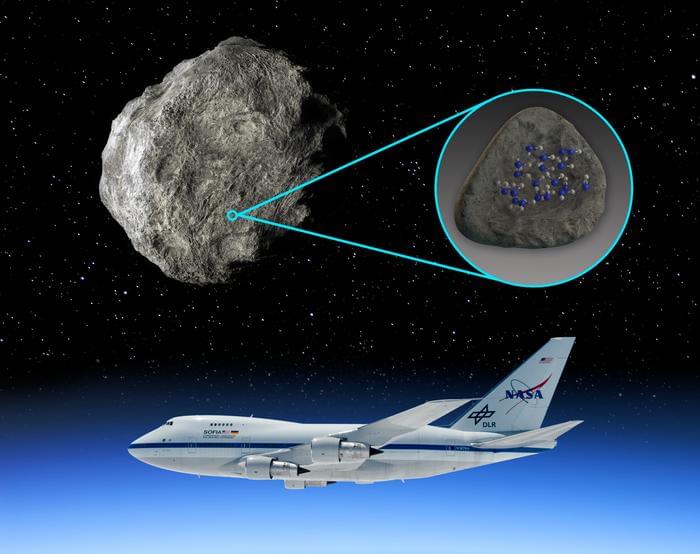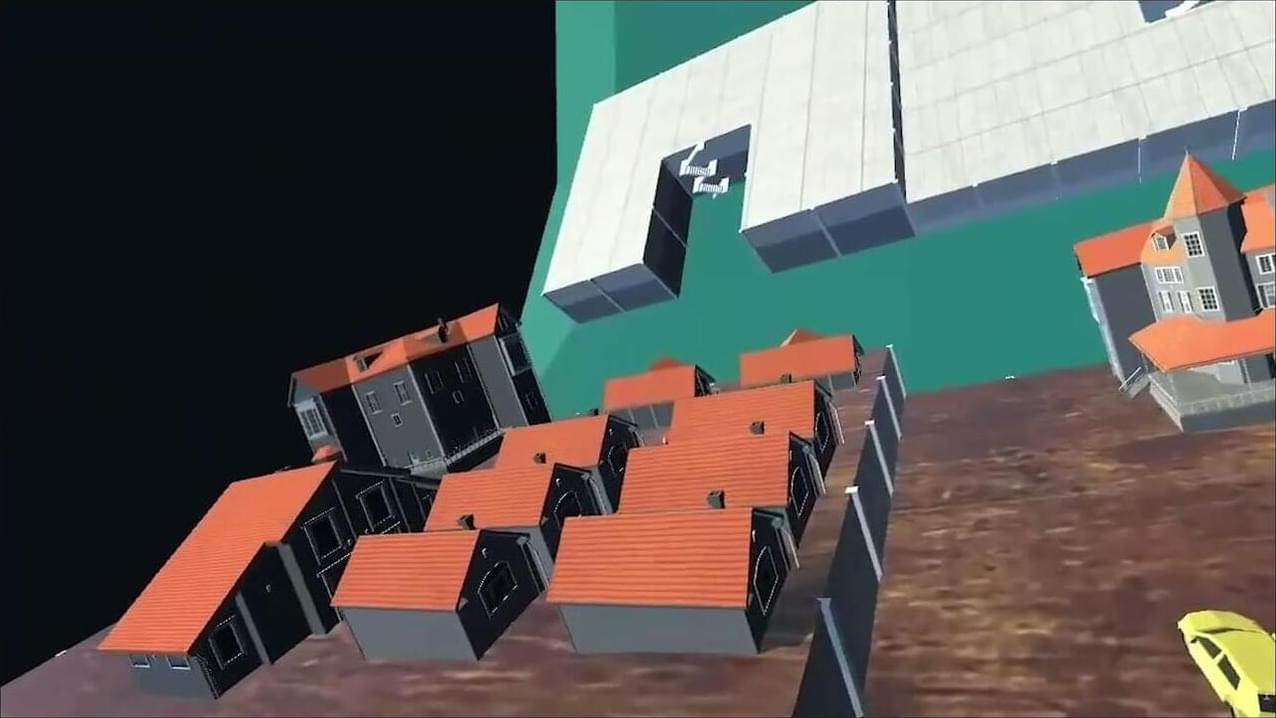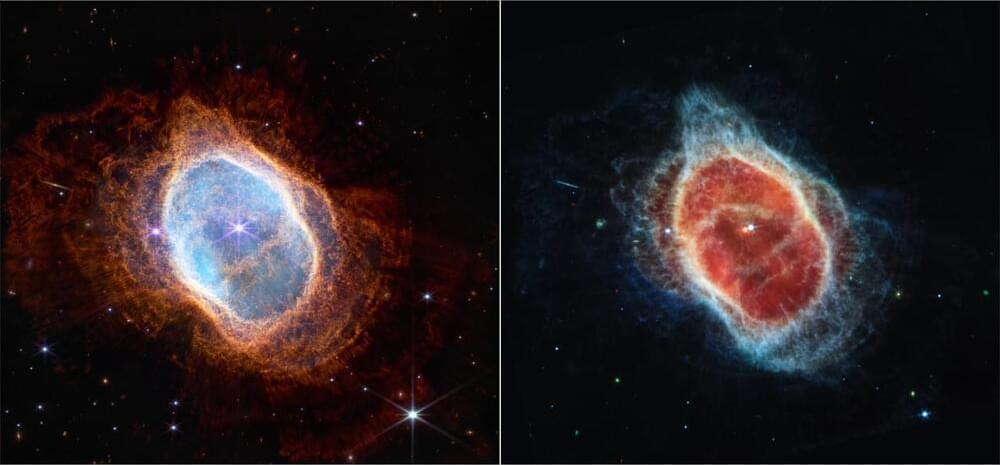
NASA’s James Webb Space Telescope (JWST) continues to send back breathtaking images of the cosmos, to include planets in our solar system, exoplanets, and supernovae, using its powerful infrared instruments. However, the famous space agency is preparing to launch another powerful space telescope to explore the cosmos, but this time using ultraviolet light, and is appropriately called UVEX (UltraViolet Explorer), which was previously selected in 2022 for further evaluation as part of NASA’s Medium-Class Explorer program and is currently scheduled to launch no earlier than 2027.
Southern Ring Nebula taken in near-infrared light (left) and mid-infrared light (right) by NASA’s James Webb Space Telescope. (Credit: NASA, ESA, CSA, STScI)
“NASA’s UVEX will help us better understand the nature of both nearby and distant galaxies, as well as follow up on dynamic events in our changing universe,” said Dr. Nicola Fox, who is the associate administrator for the Science Mission Directorate at NASA Headquarters. “This mission will bring key capabilities in near-and far-ultraviolet light to our fleet of space telescopes, delivering a wealth of survey data that will open new avenues in exploring the secrets of the cosmos.”
